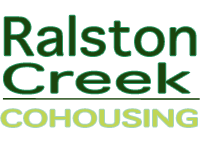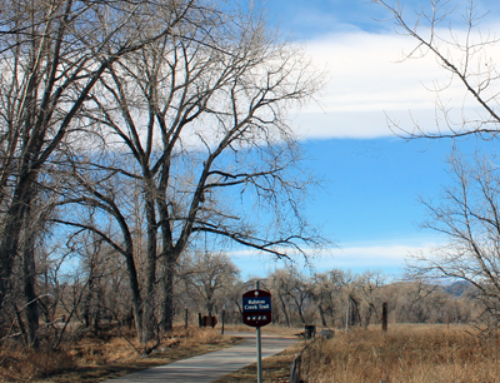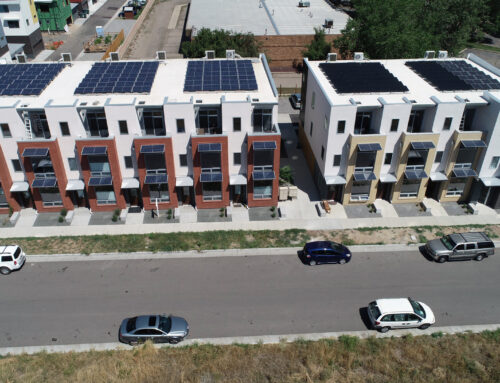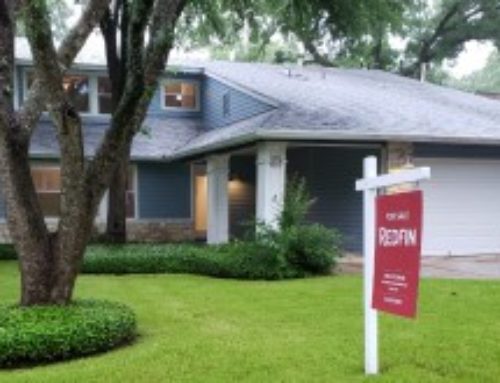
Mary remembers “smart and supportive their multi-generational common house was” on The Waltons TV series.
So, why cohousing?
Now that I’m a member of a cohousing community in development (Ralston Creek Cohousing), folks are asking how I got into it. Truth is, I’ve been intrigued with the concept of cohousing long before I ever heard the term. Here’s where my ideas came from, best I can remember:
- As a tween, I watched The Waltons and noodled about how smart and supportive their multi-generational common house was; the older folks were able to contribute and also have the support they needed, the parents had many helping hands, and the children had the security of more adults to rely on. Living in an extended family seemed far more balanced than the nuclear family models all around me, which tended to result in too much responsibility being carried by the mother.
- As a teenager, I read In This House of Brede (see Diana Rigg’s great performance), and I was deeply moved by Phillipa’s letting go of her glamorous professional life and dreamy apartment in order to join the deep sisterhood of a cloistered Be nedictine community. I seriously considered becoming a Franciscan sister.
- I commuted far to college and was socially isolated, but I stayed in graduate housing at UT Austin for my master’s degree. Living with other graduate students from all over the country and the world, I learned how suite-style living with shared common spaces made for easy and ample companionship, and the shared meals in the dining hall were a wonderful way to enjoy that diversity of people. I was aware that it worked so well because we were all graduate students, so we shared a lot of traits (such as introversion), values, and interests. We were a tribe.
- When I joined my first software startup company, several of the founders shared a large house, and several of the single programmers lived there as well. I envied the easy, fun lifestyle they shared. And the longer I worked in software shops, the more I realized that I enjoyed them because of the type of people who tended to work there, much like graduate school, and wouldn’t it be nice to extend that environment outside of work hours? to live with your tribe?
- I reconnected with an old coworker who, depressed, had quit his job and traveled broadly. Seeing him years later, I found him greatly transformed, and I learned that he had been living communally in the local Zen center for over a year. I was amazed at the benefits he’d gotten from Buddhism and from living intentionally. I wanted what he had.
About that time, cohousing surfaced. An email search reveals that I first mentioned “cohousing” eight years ago, hoping to interest my folks: “I found out about cohousing.org from a brilliant scientist whose blog I admire: http://earlywarn.blogspot.com/2010/05/odds-of-cooking-grandkids.html. Now I knew what to look for, but it was several years before my own path got serious. Then life happened: I divorced and empty-nested in the same year, so I stepped up my search for new intentional ways to live.
I started seeing and sharing articles about cohousing in Scandinavia, and I signed up for newsletters for cohousing.org and ic.org (Fellowship for Intentional Community). It was there that I learned about a Cohousing Association regional conference being held in Boulder, Colorado. Wanting the excuse to visit family in Colorado and wanting to tour and test my notions against actual cohousing communities, I splurged and attended the conference. Definitely worth it!
While in Colorado, I stayed at my brother’s brand new house in a net-zero (carbon-free) development just south of Boulder, called the Geos Neighborhood. I learned that Geos had space allotted for a future condo-style cohousing unit, called The Gatehouse, just down the street from him! The community is still in the forming stage, so I joined to get in before all of the apartments were spoken for.
At the same time, I joined every cohousing and co-op group that I could find here in Austin. Sadly, those who have been working in this area for years tell me that Austin is actually one of the hardest cities in which to develop cohousing, due to the nature of its zoning codes. Just as disappointing, the CodeNEXT initiative that would have addressed this has just been torpedoed. However, there are multiple groups that are working on housing innovation, and I’m eagerly attending and supporting all that I can:
- AustinUP, a community alliance, www.austinup.org (I just today attended their 2018 ATX Aging & Innovation Summit)
- Aging2.0, Austin chapter: www.aging2.com/austin
- Shared Equity Co-op, an informal group formed by co-op veterans who are seeking to develop new co-op properties for non-students
- Armadillo Cohousing, a group that’s in the early form-up stage
I’m very excited about the growing energy around making cohousing work in the United States, for more than just well-heeled retirees (although they deserve credit for driving this forward, as they look for alternatives to the sad senior housing experiences of their parents). I hope to contribute what I can to its success, as well as enjoy the experience of it! Anyone else?






